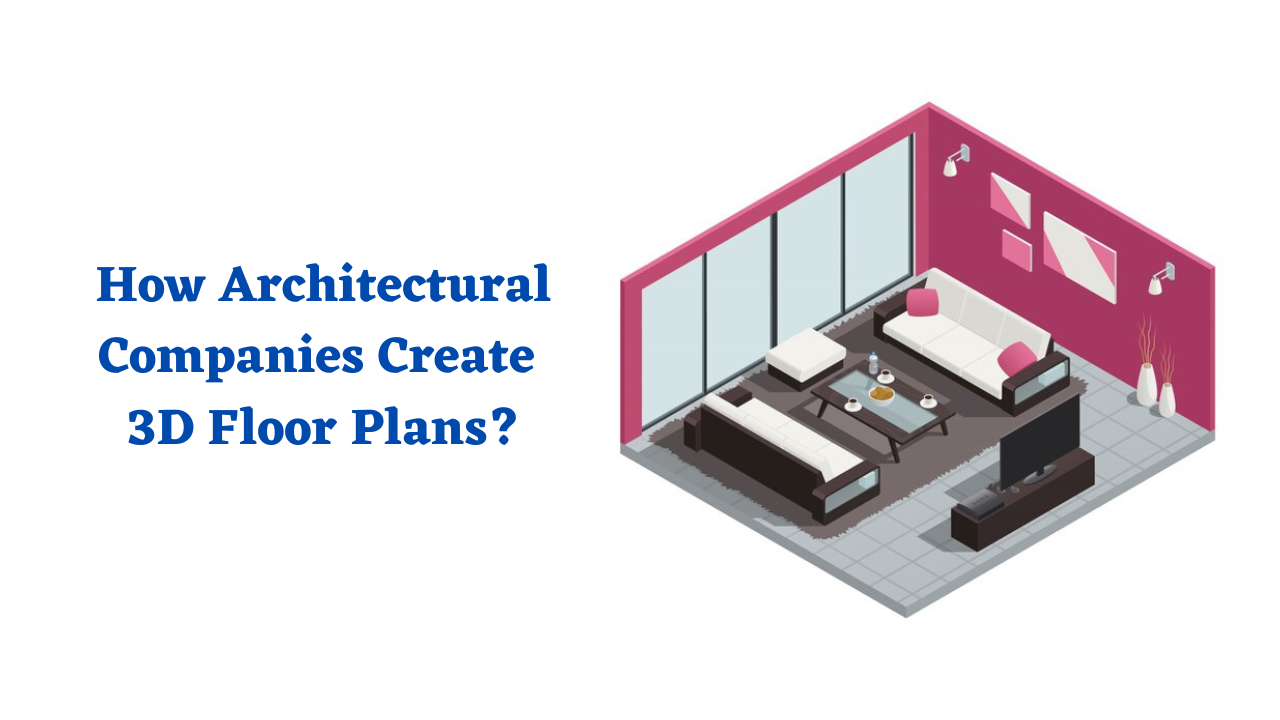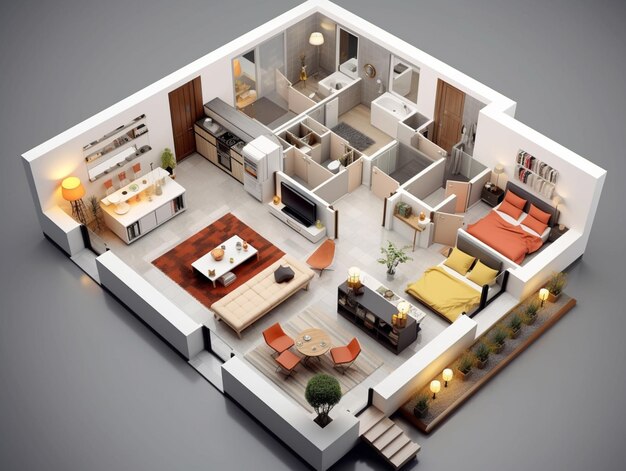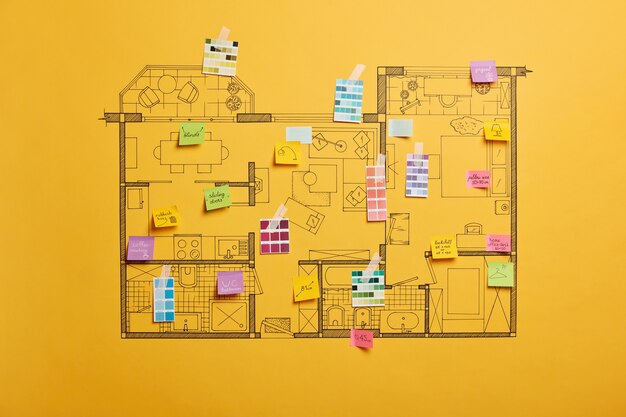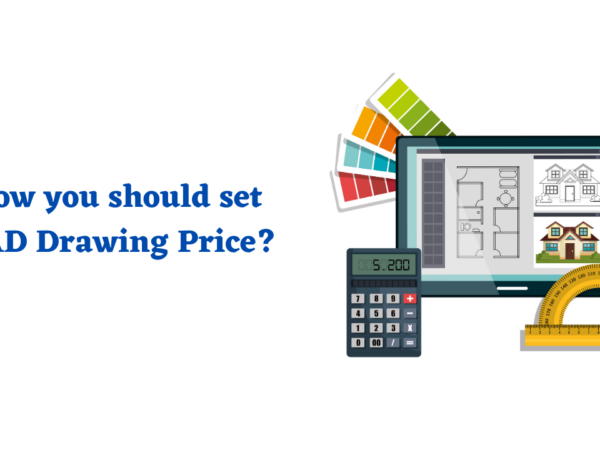
In today’s fast-paced world, architectural companies are constantly seeking innovative ways to communicate their design ideas effectively. One such powerful tool that has revolutionized the architectural industry is the creation of 3D floor plans. These visually stunning representations allow clients and stakeholders to visualize architectural spaces with unprecedented clarity and detail.
But have you ever wondered how architectural companies bring these virtual wonders to life? In this article, we’ll take a closer look at the process behind creating 3D floor plans and discover the magic that unfolds behind the scenes.
What is 3D Floor plan?
Before we explore the creation process, let’s first clarify what 3D floor plans actually are. It is a digital model that presents a realistic visualization of a building’s layout, including walls, doors, windows, and furniture.
Unlike traditional 2D floor plans, 3D versions provide a sense of depth, allowing viewers to perceive the spatial relationships between different elements accurately.

Steps to create 3D Floor plans:
1. Digital Transformation:
Gone are the days when architects relied solely on 2D blueprints and hand-drawn sketches. With the advent of advanced CAD software and cutting-edge technologies, architectural companies have embraced the digital realm to craft captivating 3D floor plans. This digital transformation not only enhances the visualization process but also enables architects to present their ideas more convincingly to clients.
2. Initial Steps: Gathering Information and Conceptualizing:
The process of creating a 3D floor plan begins with architectural companies gathering all the necessary information about the project. This includes architectural drawings, measurements, photographs, and any specific design requirements provided by the client.
Armed with this information, architects can start conceptualizing the floor plan, considering factors such as functionality, aesthetics, and client preferences.
3. The Modeling Process:
Once the initial concept is finalized, architectural companies dive into the modeling process. Skilled 3D artists meticulously craft the digital representation of the architectural space, paying attention to every detail, from the layout of the rooms to the placement of furniture and fixtures. They take into account factors such as lighting, textures, and materials to create a visually appealing and realistic experience for the viewer.
4. Textures and Materials:
To add depth and realism to the 3D floor plan, architectural companies utilize advanced rendering techniques. By applying textures and materials to different surfaces, such as walls, floors, and ceilings, they create a visually immersive environment. The choice of textures and materials plays a crucial role in conveying the intended atmosphere and aesthetic of the architectural space.

5. Lighting and Shadows:
Lighting is an essential element that brings the 3D floor plan to life. Architectural companies employ sophisticated lighting techniques to simulate natural and artificial light sources within the virtual environment. By strategically placing light fixtures and adjusting their intensity, they create visually captivating scenes. Furthermore, the interplay of light and shadows adds depth and dimension to the 3D floor plan, enhancing its overall realism.
6. Presentation and Collaboration:
Once it is complete, architectural companies prepare it for presentation to clients and stakeholders. Using specialized CAD software, they generate high-quality renderings and walkthroughs, allowing viewers to virtually explore the architectural space from different perspectives. This immersive experience facilitates effective communication, enabling clients to provide feedback and collaborate with architects to refine the design further.
Benefits of 3D Floor Plans:
The integration of 3D floor plans in architectural projects offers several benefits. Firstly, they provide a realistic preview of the design, reducing the chances of miscommunication and errors during the construction phase. Secondly, they help clients visualize and better understand the spatial layout, aiding them in making informed decisions about the design. Additionally, It assists in marketing and presentation efforts, allowing architectural companies to showcase their designs effectively.
The creation of 3D floor plans has transformed the way architectural companies approach design and communication. By leveraging advanced technologies, these companies can offer their clients an immersive experience and a comprehensive understanding of the proposed space. With this, architects can effectively bridge the gap between imagination and reality, resulting in successful and visually stunning architectural projects.
Moreover, if you’re looking for an architectural 3D floor designer, then look no further! Get in touch with us at info@shalindesigns.com. or simply drop us a line here to unlock tour ideas for architectural design.



